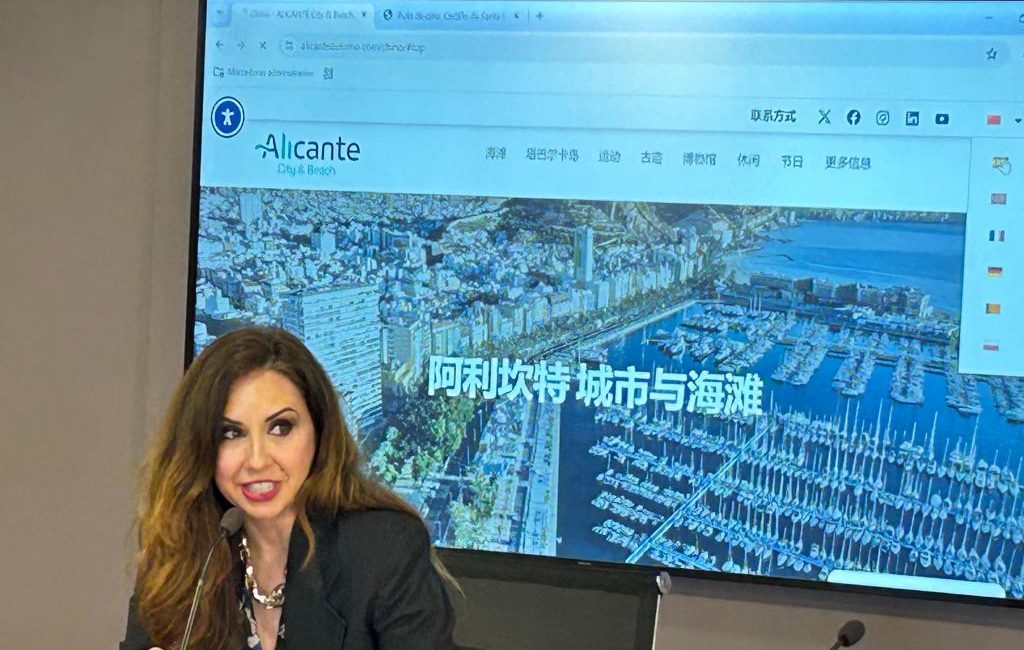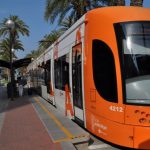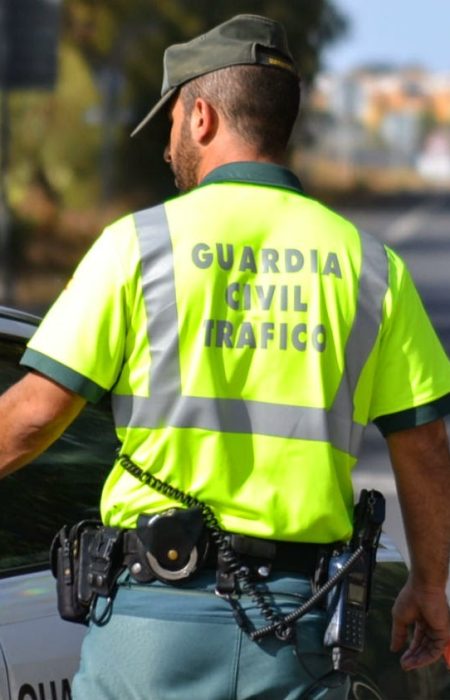The Alicante Tourist Board has updated its website to add “more information, make it more accessible, adapt it to mobile devices, and be available in seven languages, after incorporating Chinese and Polish.”
Ana Poquet, the councillor for the area, unveiled the new site yesterday, Monday April 14th. She described it as “a Tourist Office that is open 24 hours a day, seven days a week, and serves as a showcase of Alicante’s offerings.”
The councillor emphasised that the new website is designed to be more practical, intuitive, and user-friendly. She also mentioned that visitors can begin planning their trip from the comfort of their homes and continue to consult the website while at their destination to obtain additional information about places to visit and plans to make.
The Tourist Board’s website has been enhanced with the addition of “new sections, improved design and interface, and particularly accessibility, as well as new functions to adjust the size and format of the letters”, among other enhancements.
Furthermore, it includes an updated municipal agenda and “bets on transparency in everything related to the administration and processing of the tourism sector, with more functionalities and possibilities” to facilitate the execution of these actions via the internet.
One of the new sections is “Alicante in three days,” which is designed for travellers who are visiting the city for a weekend and require a comprehensive guide to the city’s cultural attractions, gastronomy, nature, beaches, shopping, and emblematic locations that are “not to be missed.”
In addition to it, the generic sections “What to do” and “What to see” provide “all the practical information about the city’s offering, which also includes accommodation and hospitality.”
Poquet has underscored “the Tourism Board’s dedication to sustainability as a strategic axis,” in addition to accessibility. Consequently, the new website provides comprehensive and up-to-date information on the beaches and natural spaces.
It contains the address, schedules, rules of usage, recommendations, and features. Additionally, visitors are provided with recommendations to mitigate their environmental impact during their visit.
The website www.alicanteturismo.com is now accessible in seven languages, including Chinese and Polish versions in addition to the five existing languages: Spanish, Valencian, English, French, and German.
These two additions are in response to the “strength of Polish tourism in the city in recent years, already occupying the sixth place as an issuer” and, on the other hand, because Chinese is “the language most talked about in the world and a tourist market that is going to be strengthened”, as Poquet has defined from the Board of Trustees.
By 2024, the website experienced a 23 percent increase in traffic compared to the previous year, reaching 1.8 million visitors (up from 1.5 million in 2023). A 45% increase is anticipated.
This figure is expected to rise to 2.2 million by 2025.









No Comment! Be the first one.